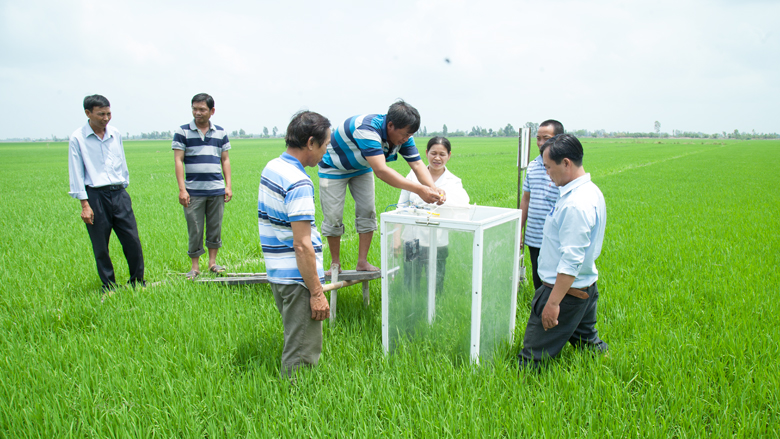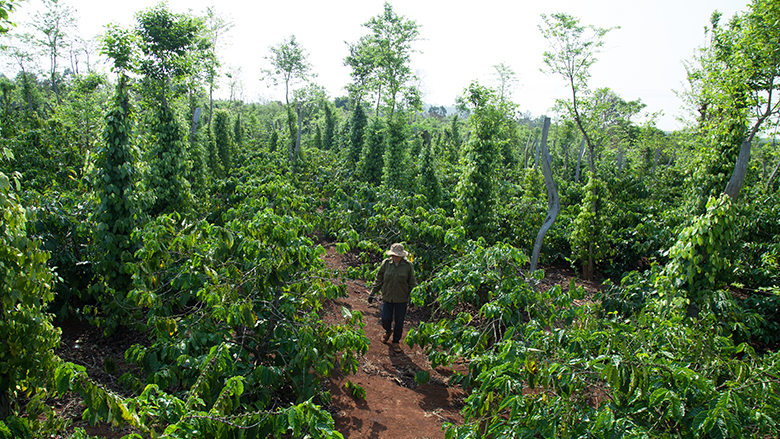Challenge
Since the introduction of economic reforms under “Doi Moi” in 1986, Vietnam’s agriculture has made impressive progress. Nevertheless, problems of quality and food safety remain--resulting in low export prices and concerns among domestic consumers. At the time of the launch of the ACP in 2008, productivity growth was decelerating and there was a decline in real expenditures in agricultural research and extension.
While the Government of Vietnam has traditionally played a major role in supporting smallholder agriculture, it has little experience facilitating private sector participation including linking up with small farmers, contracting and buying farm produce from farmers, and sharing of advanced technologies. Also, smallholders could no longer rely only on public infrastructure and public services to remain competitive. Partnering with private companies would be crucial to help them understand and meet new and emerging market requirements.
Approach
The ACP aimed to strengthen the competitiveness of smallholder farmers in the select project provinces through strengthening agricultural technology, fostering the establishment of farmers’ organizations and their linkages to agri-businesses, and provision of critical public infrastructure.
The project used a decentralized participatory approach which allowed strong local ownership, flexibility, location-specific areas of focus and scope for the spread of innovative solutions. It also provided an opportunity for smaller companies and farmers in less developed areas to accelerate growth.
Recognizing the potential challenges of introducing various new concepts, the project followed a phased approach, which started in four provinces in the first two years. Lessons learned from initial project implementation in these provinces helped inform and accelerate implementation in the second set of four provinces.
The project selected an open menu of commodities, technologies and value chains for support. A ‘let the market pick the winner’ approach allowed a variety of demand- and market-driven activities to be included and provided opportunities for smaller stakeholders to gain support while being able to avoid picking the wrong partners.



